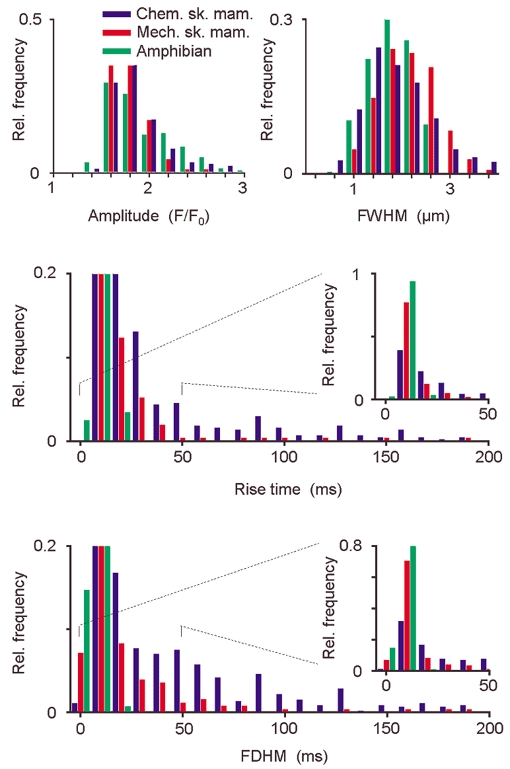Figure 3. Morphological event parameters of resting skinned fibres in amphibian and mammalian muscle.

Normalised frequency histograms showing the distribution of the four morphological parameters, amplitude, FWHM, rise time and FDHM, of all events in chemically skinned amphibian fibres (green), mechanically skinned mammalian fibres (red) and chemically skinned mammalian fibres (blue). The most remarkable differences were in the rise time and FDHM. The ordinates of the histograms for these temporal parameters were scaled so that events with a long rise time or FDHM could be adequately seen. The histograms shown in the insets display the subset of events for parameter values smaller than 50 ms on the full ordinate scale. The amphibian event set contained no ember-like events (defined as FDHM > 50 ms). In mechanically and chemically skinned mammalian fibres, respectively, 6 % and 33 % of all events were ember-like.
